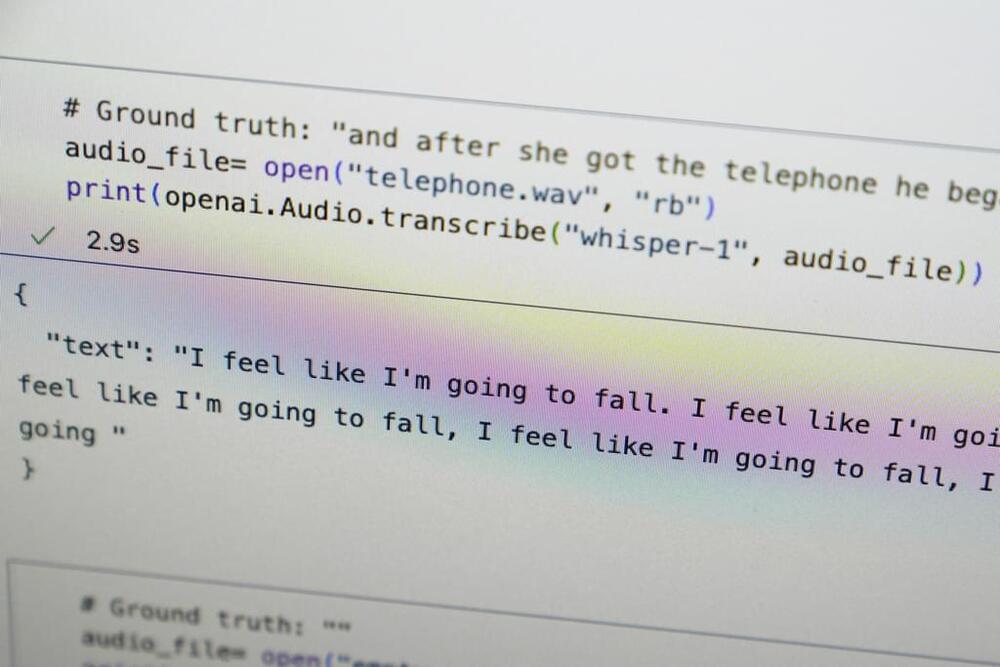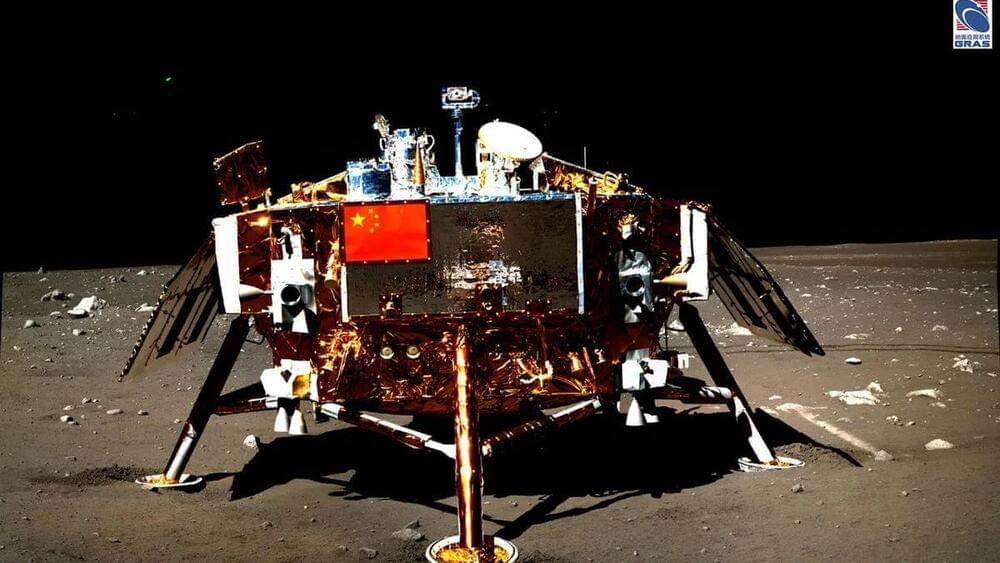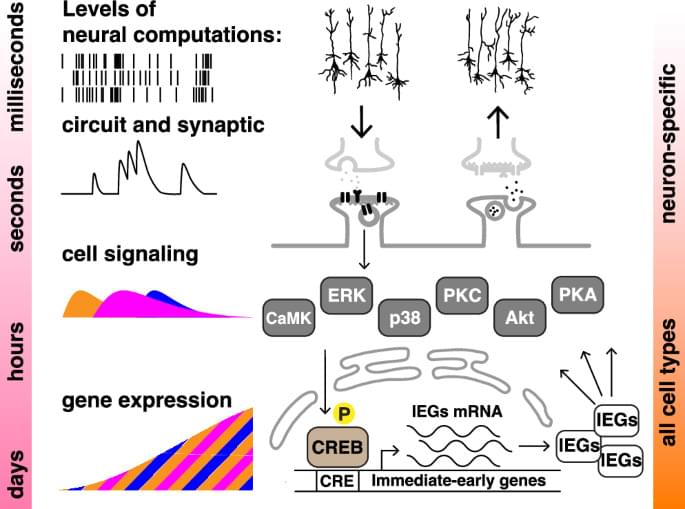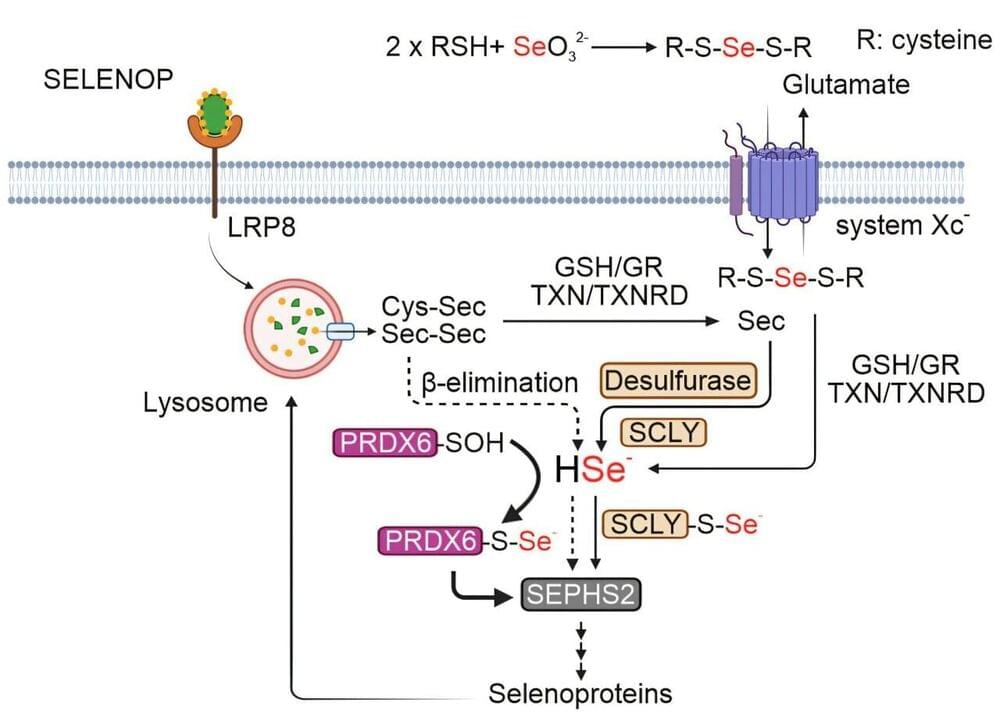Nov 17, 2024
On lame-duck AI bill, Congress shouldn’t push too far
Posted by Rx Sobolewski in categories: economics, government, health, robotics/AI
Artificial intelligence holds the potential to bring a commercial and economic rebirth for the United States and its allies. Yet the U.S. Congress is getting skittish. Its leaders are reportedly negotiating a lame-duck bill to regulate the AI industry.
As officials push and prod on the new technology, they should exercise caution.


















